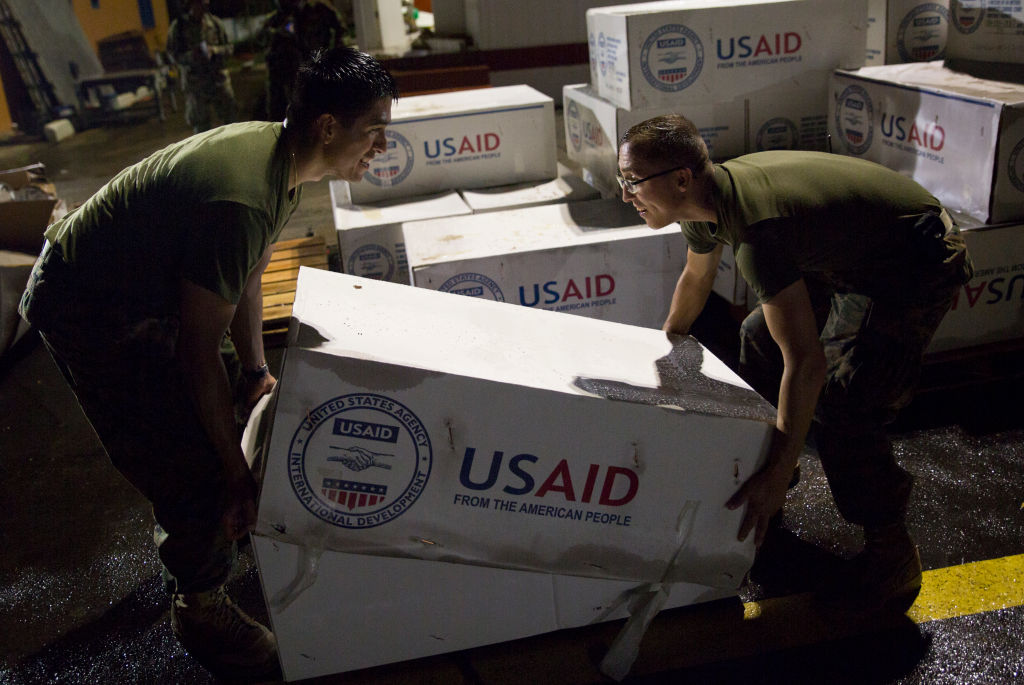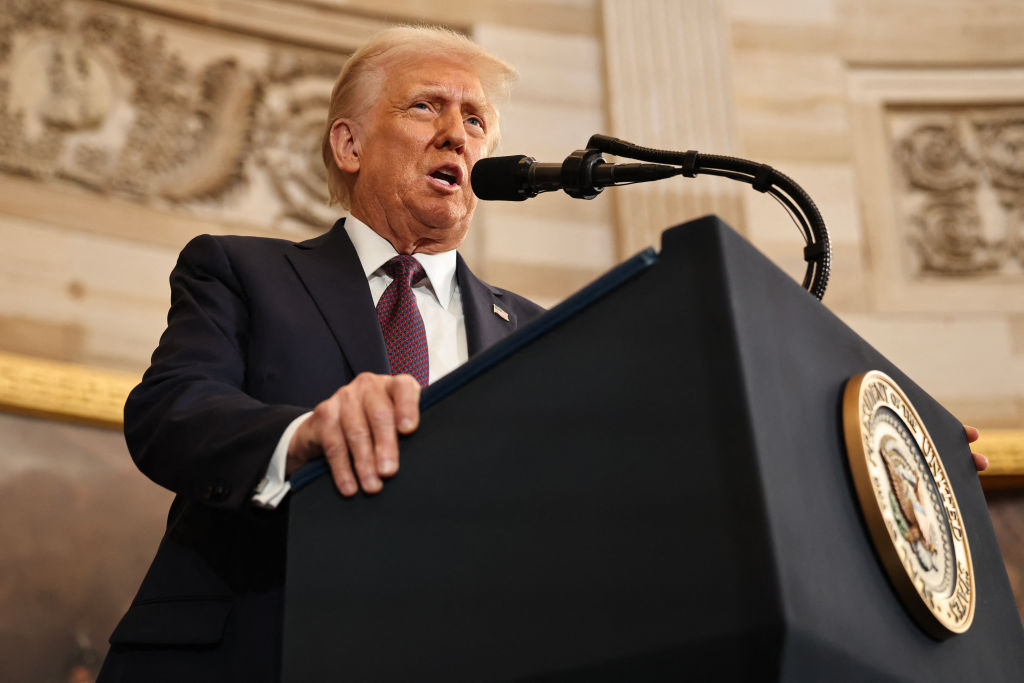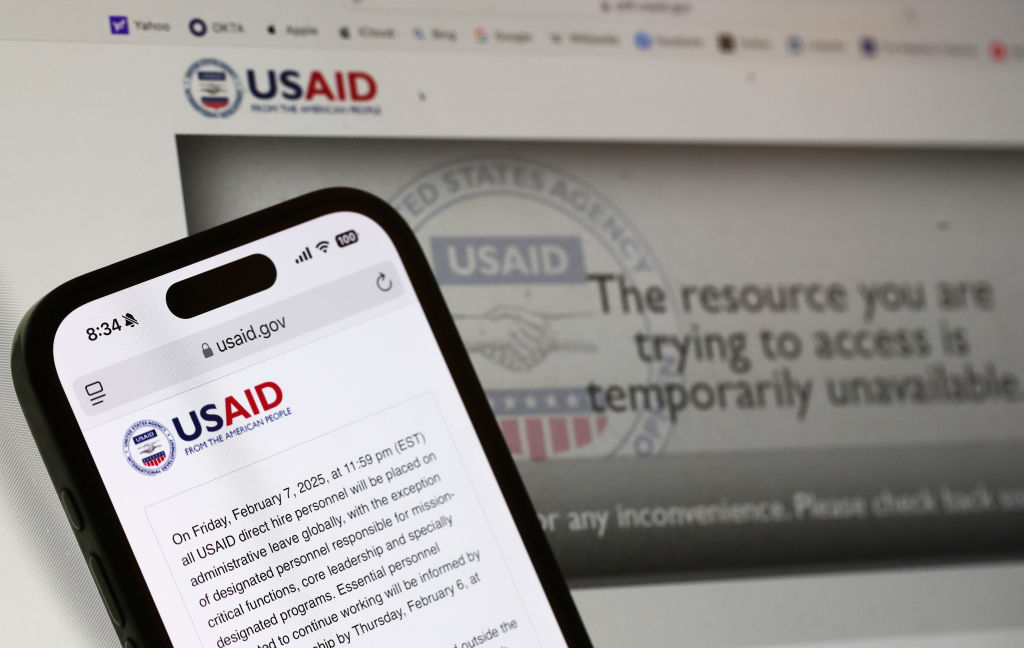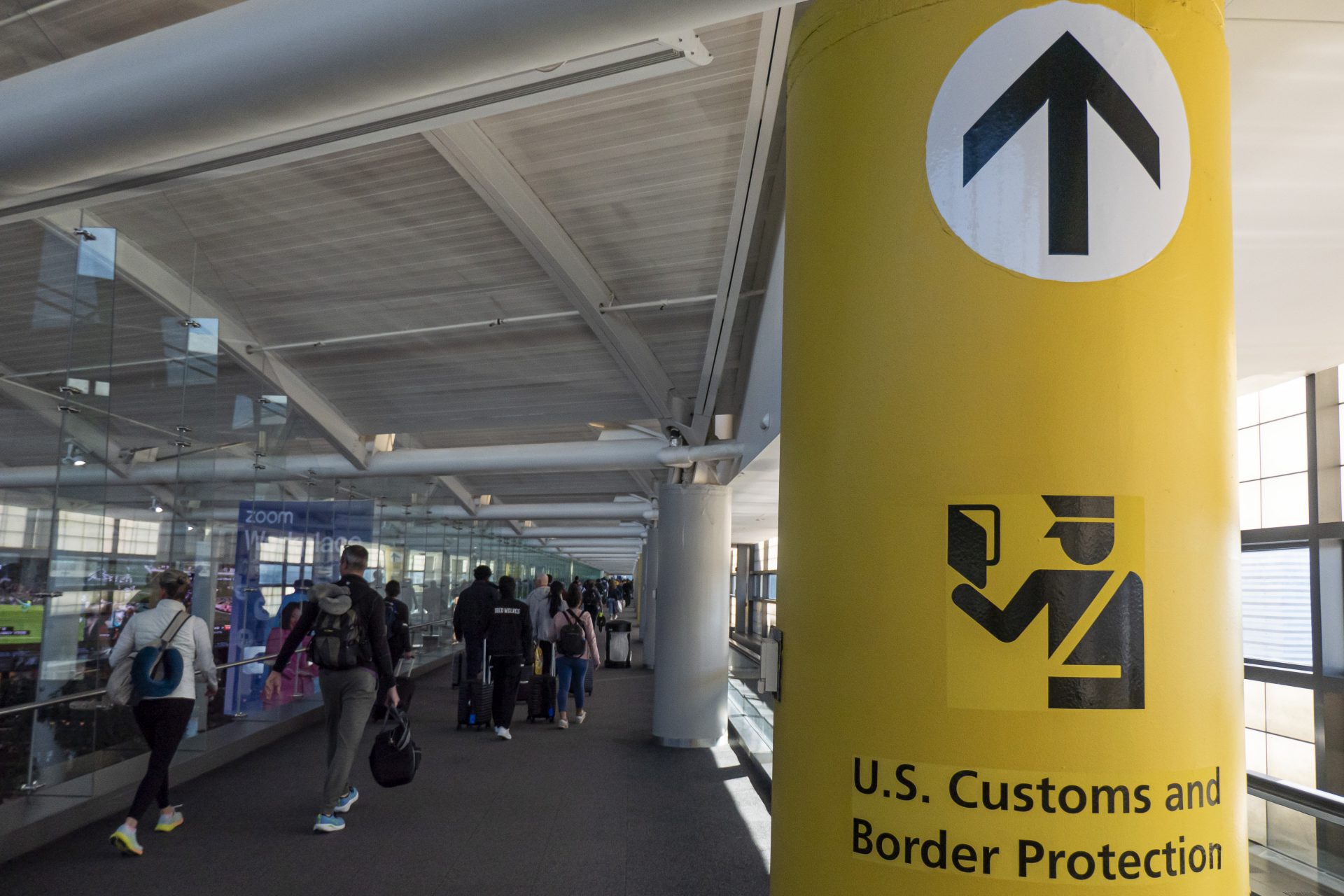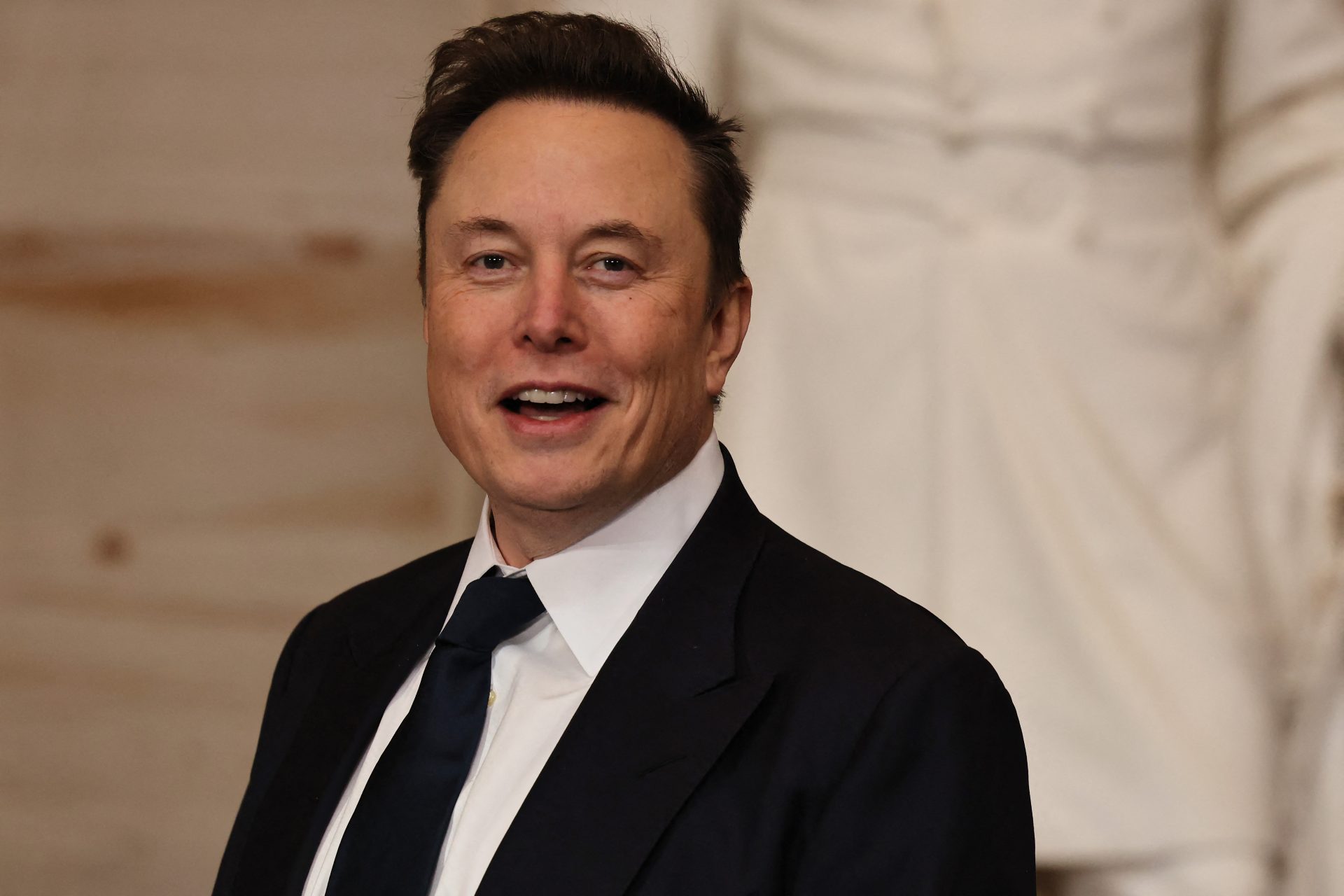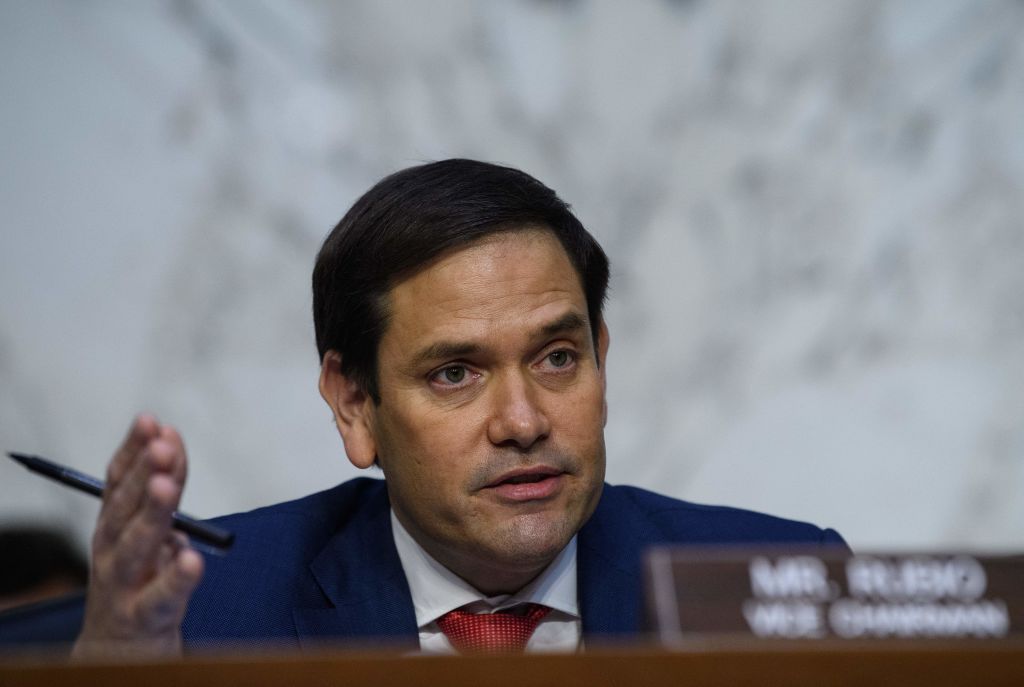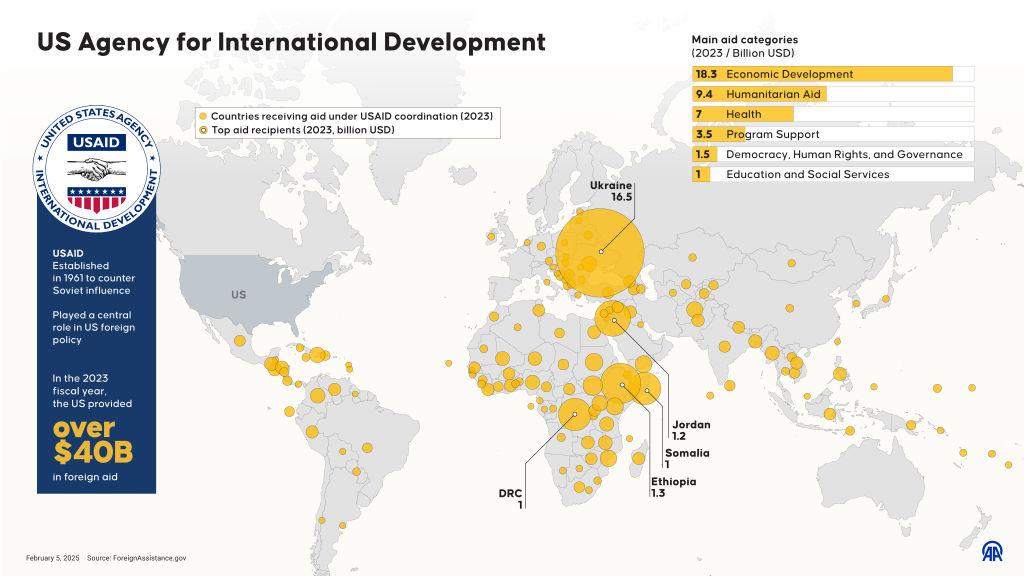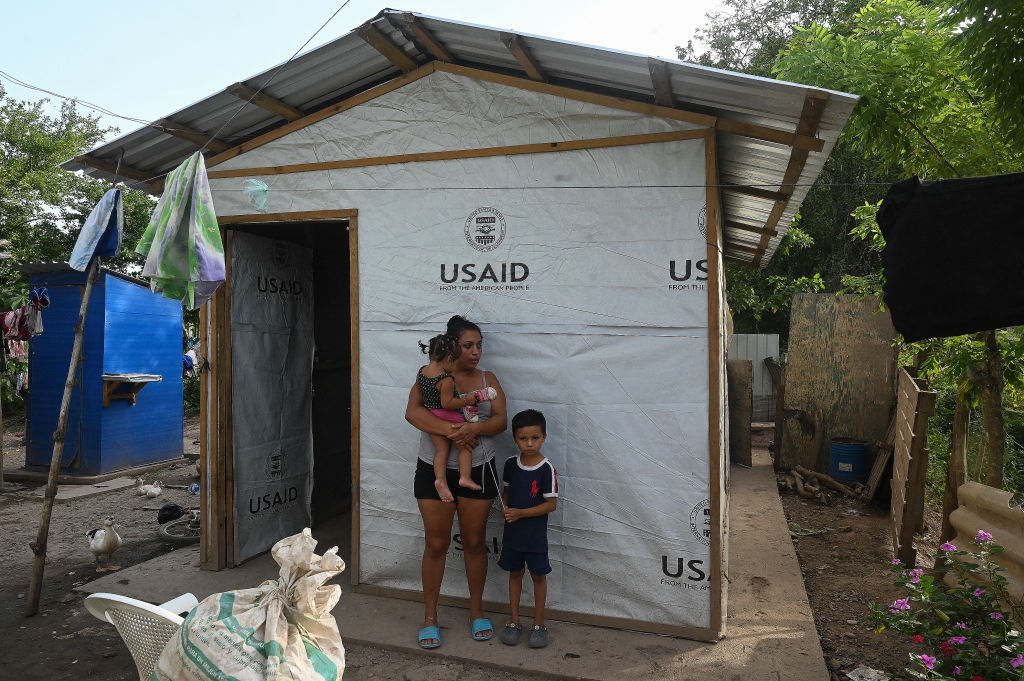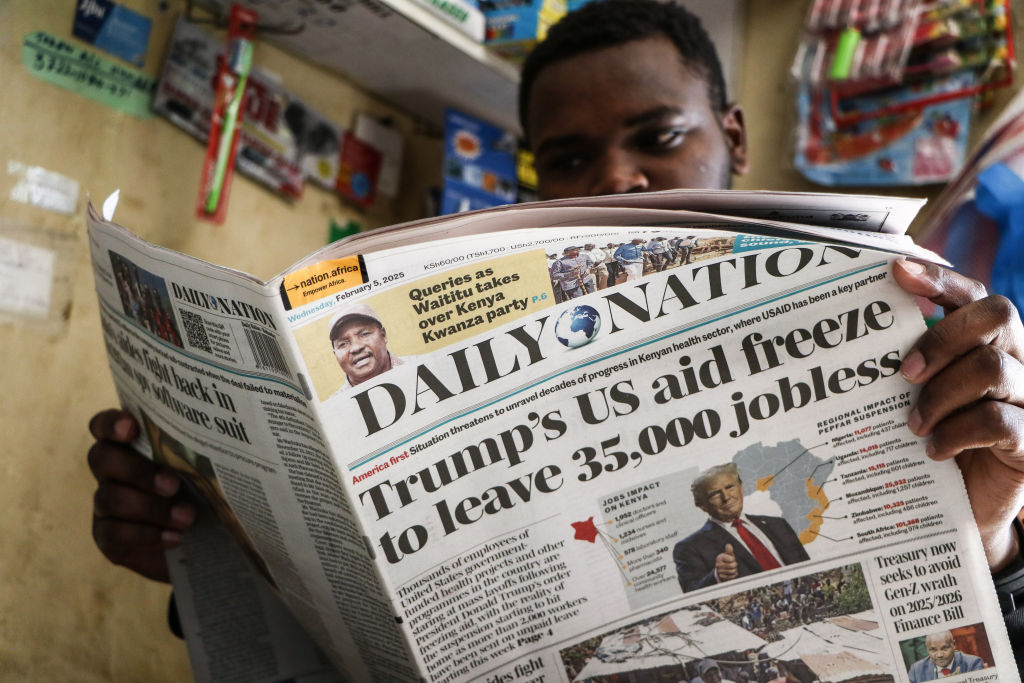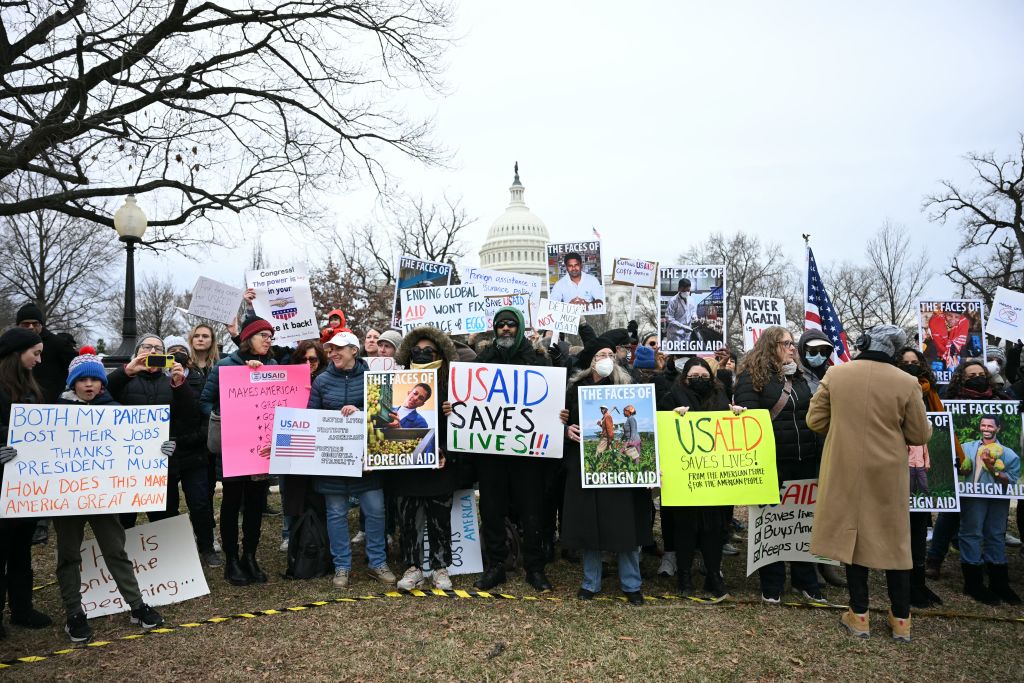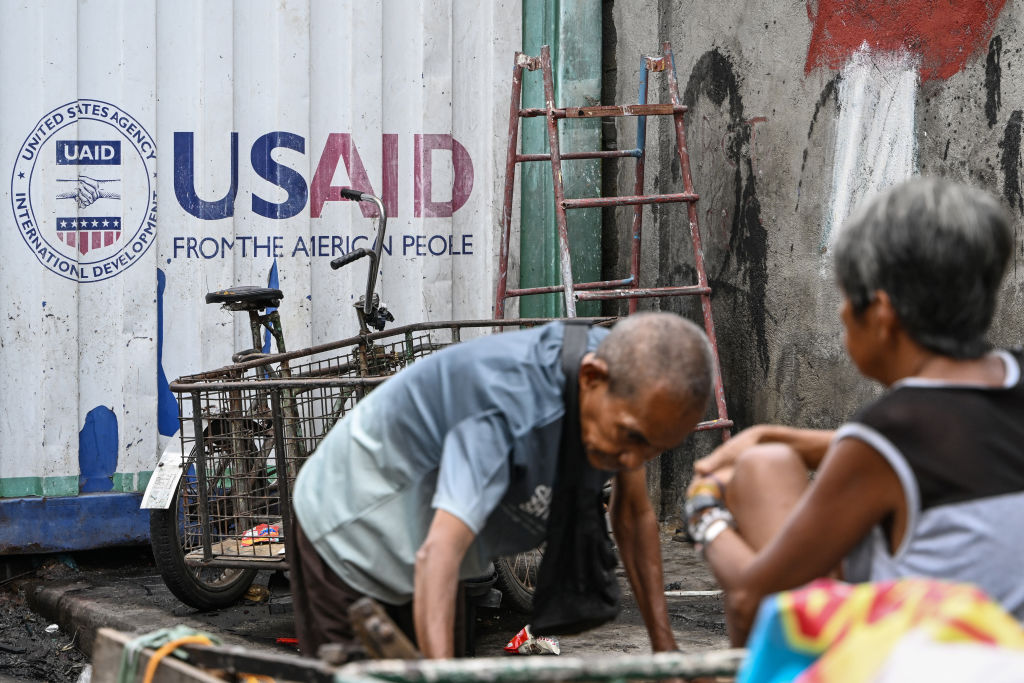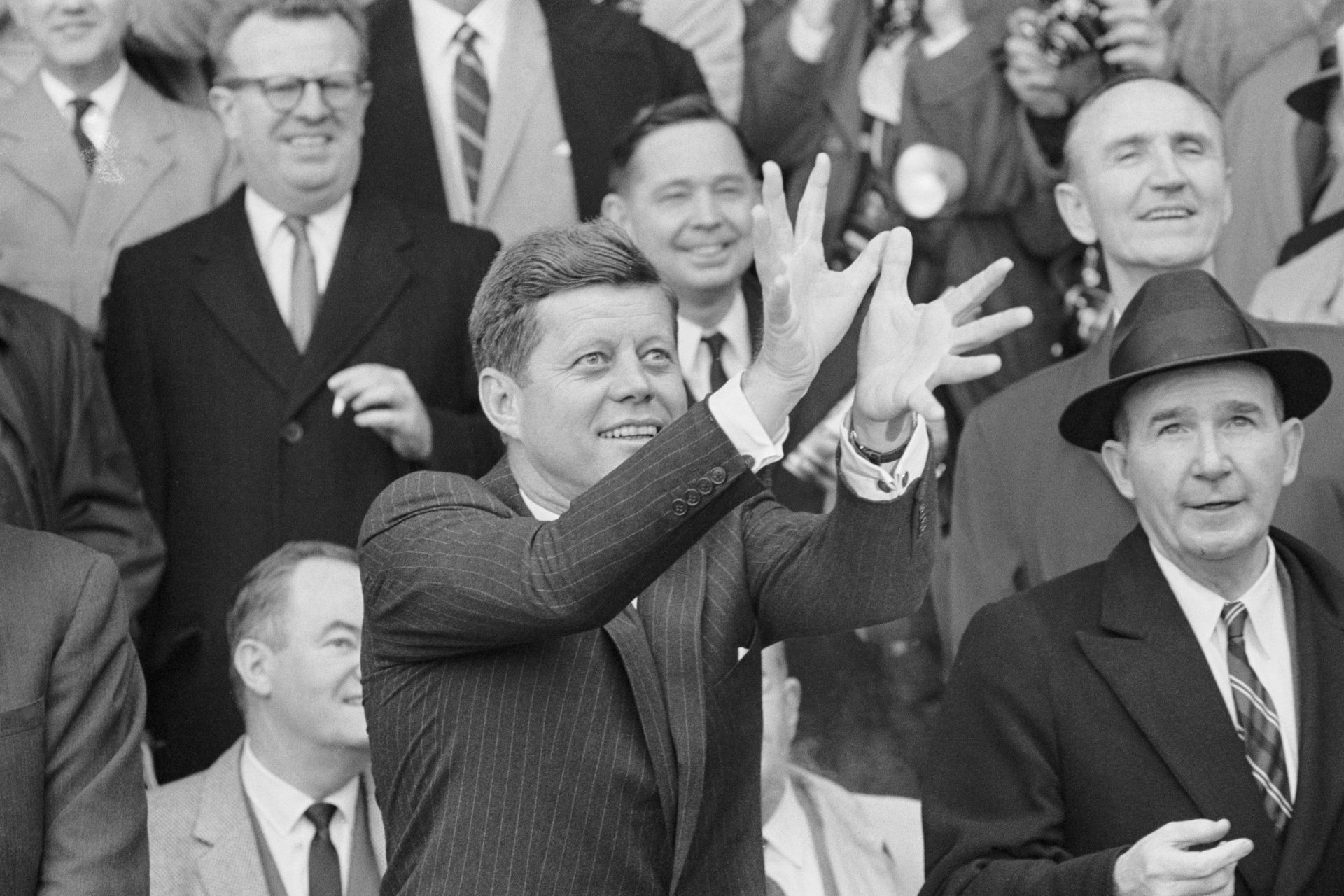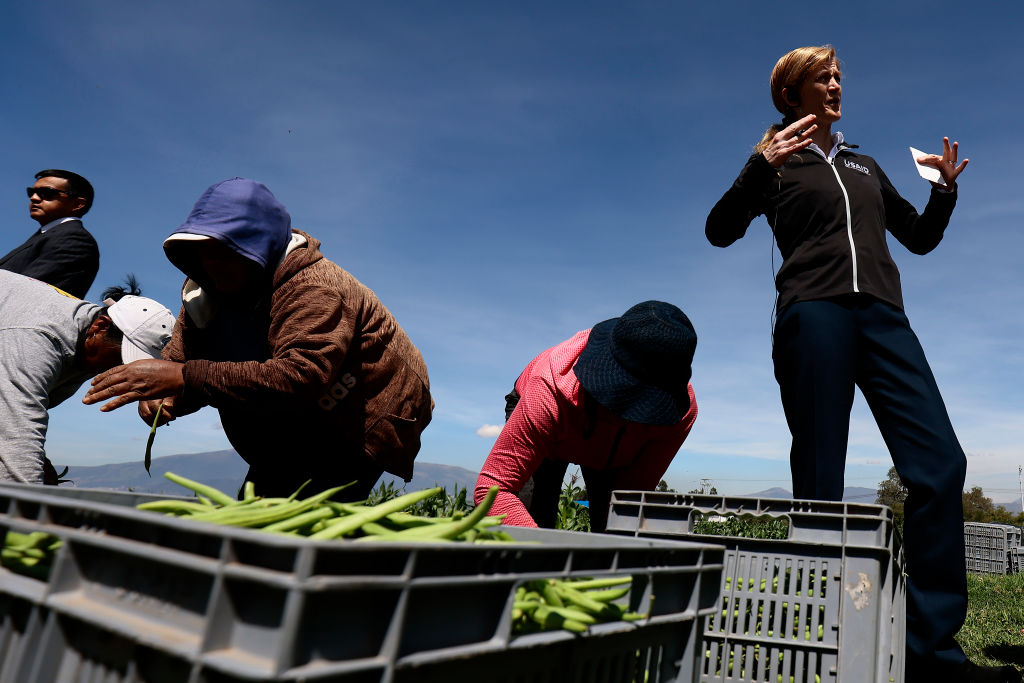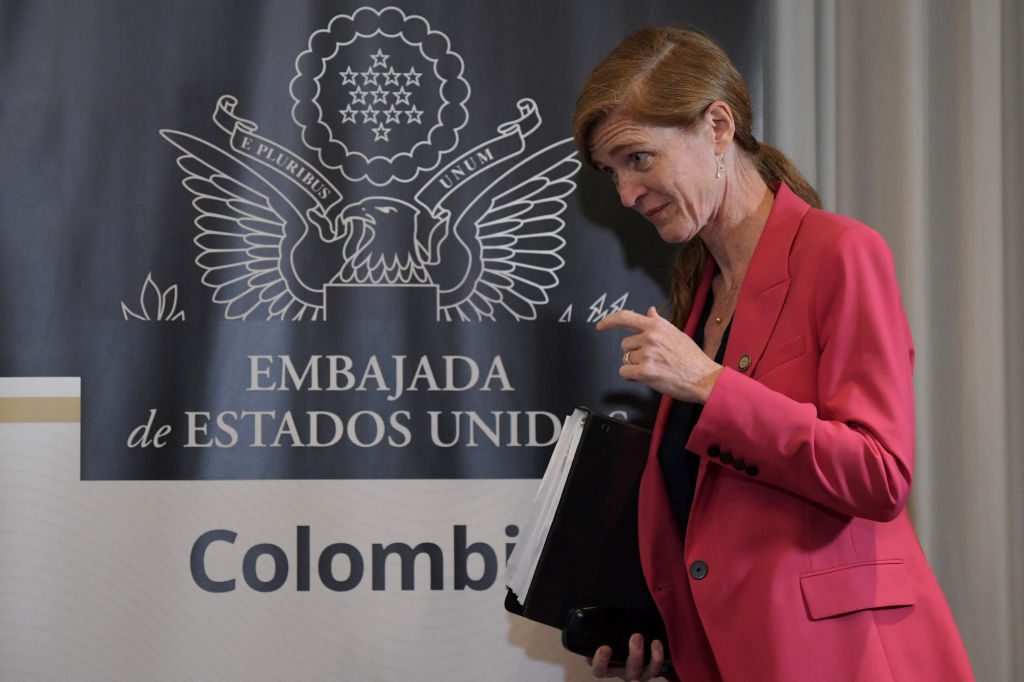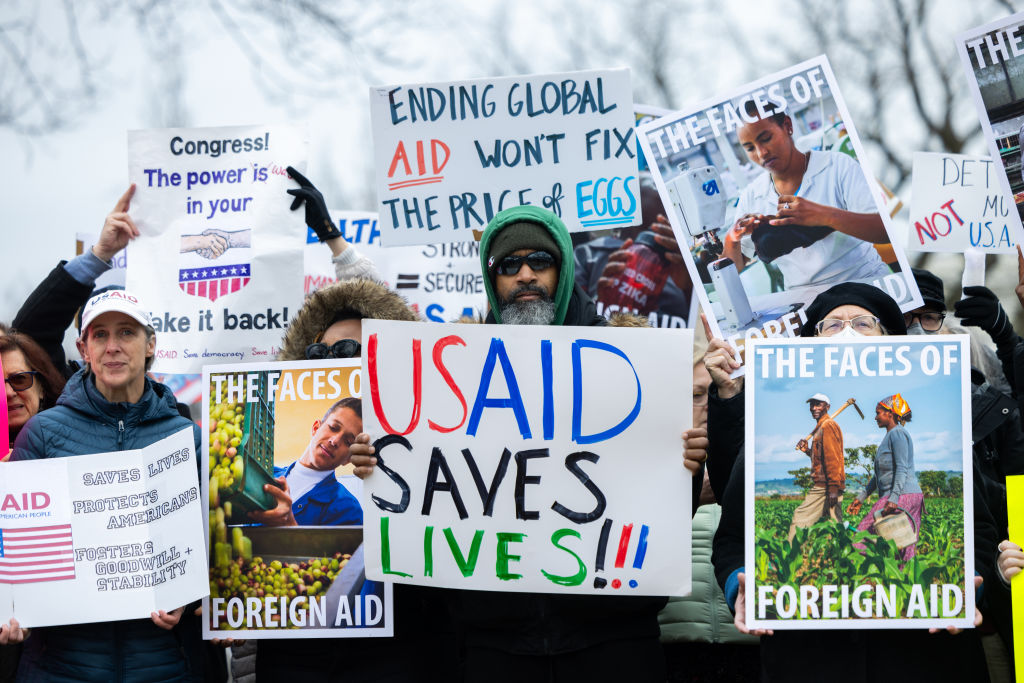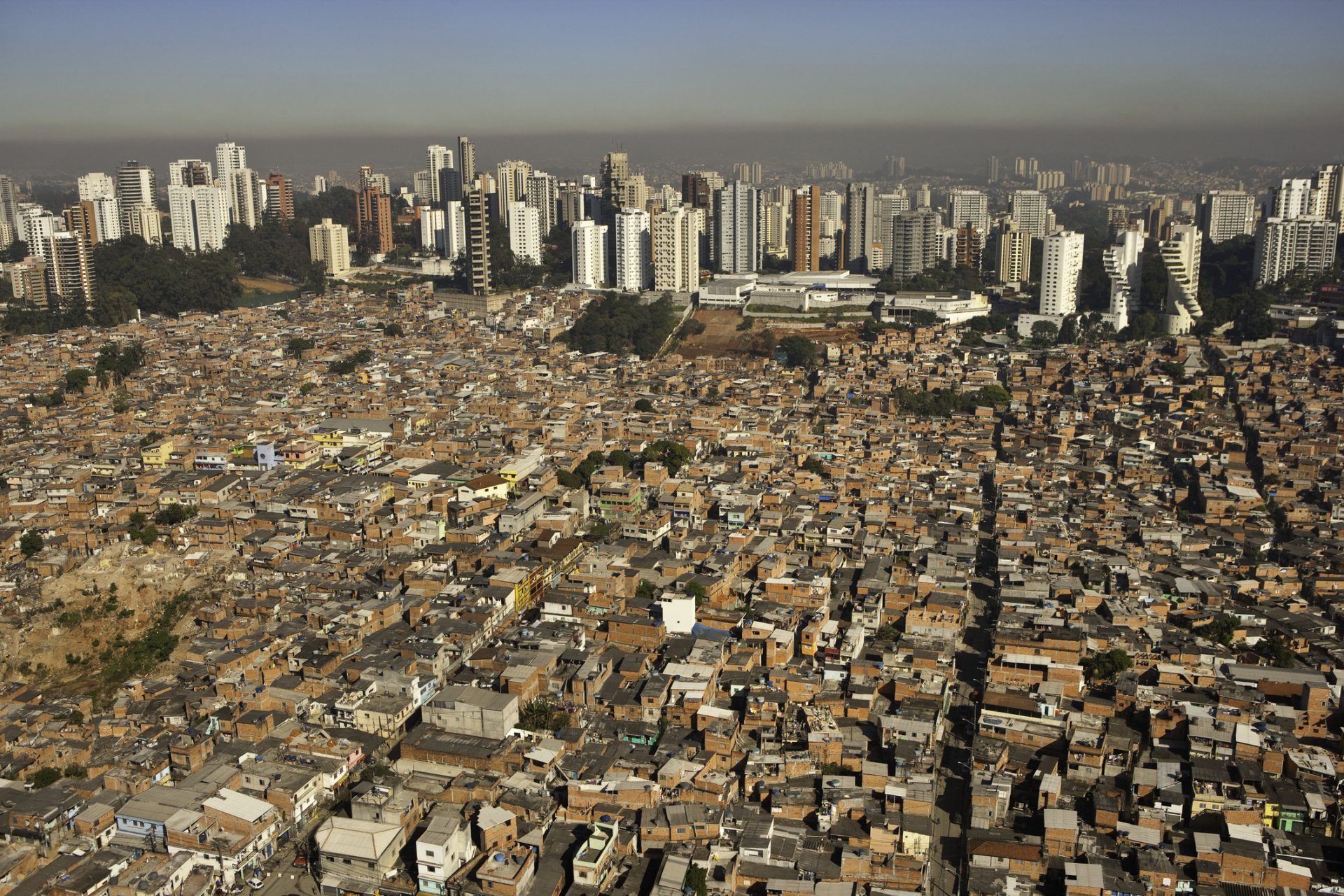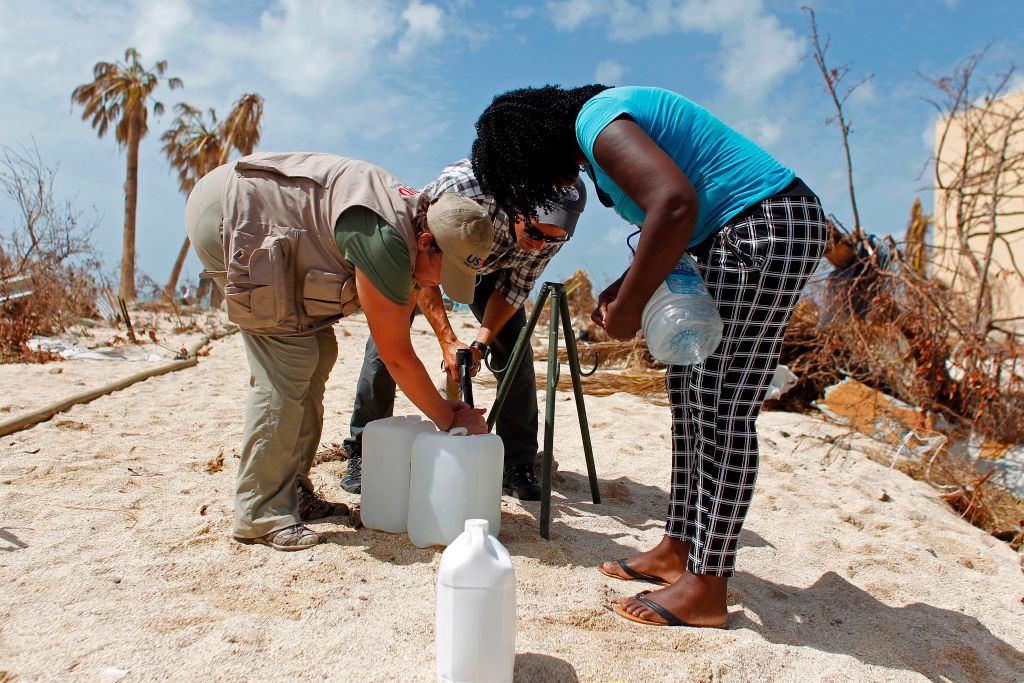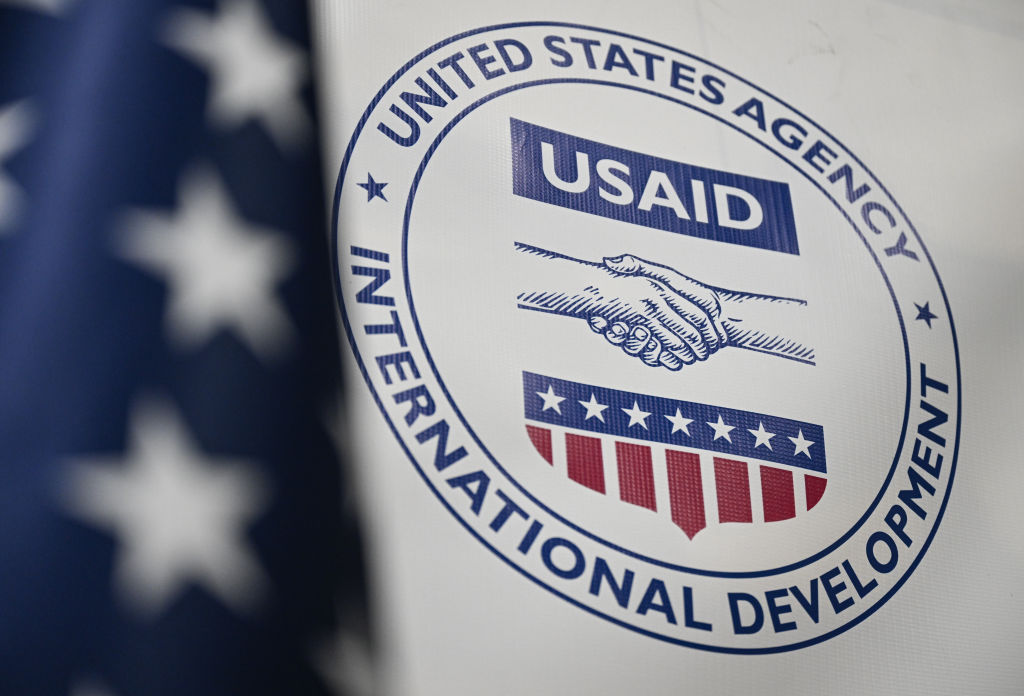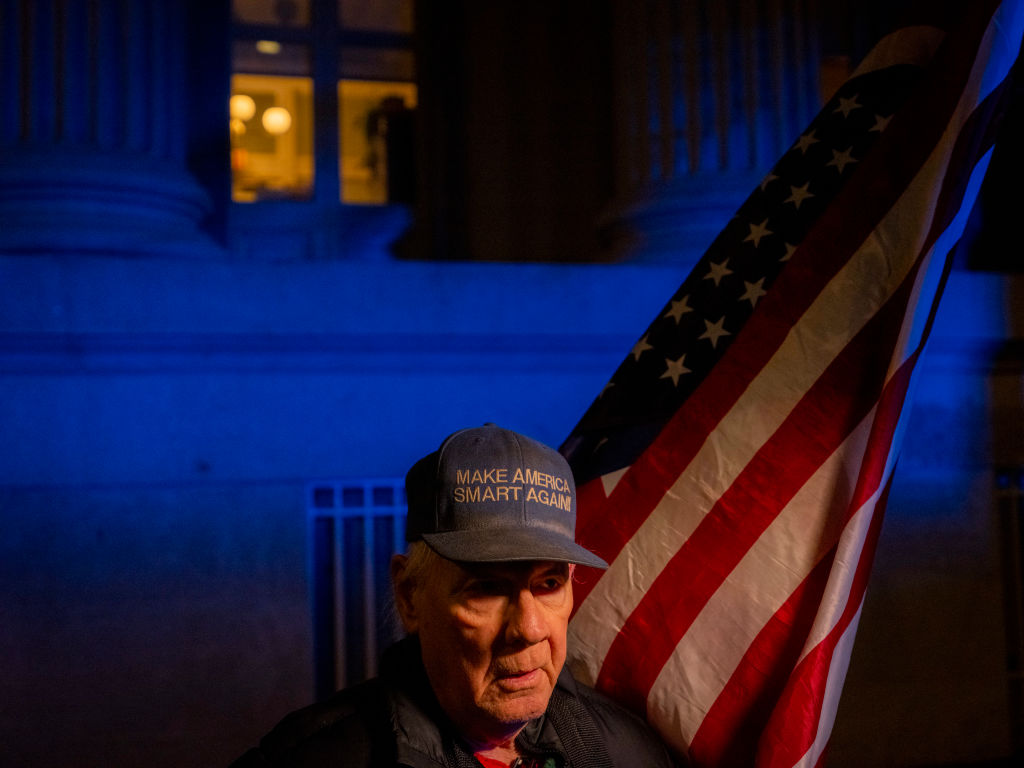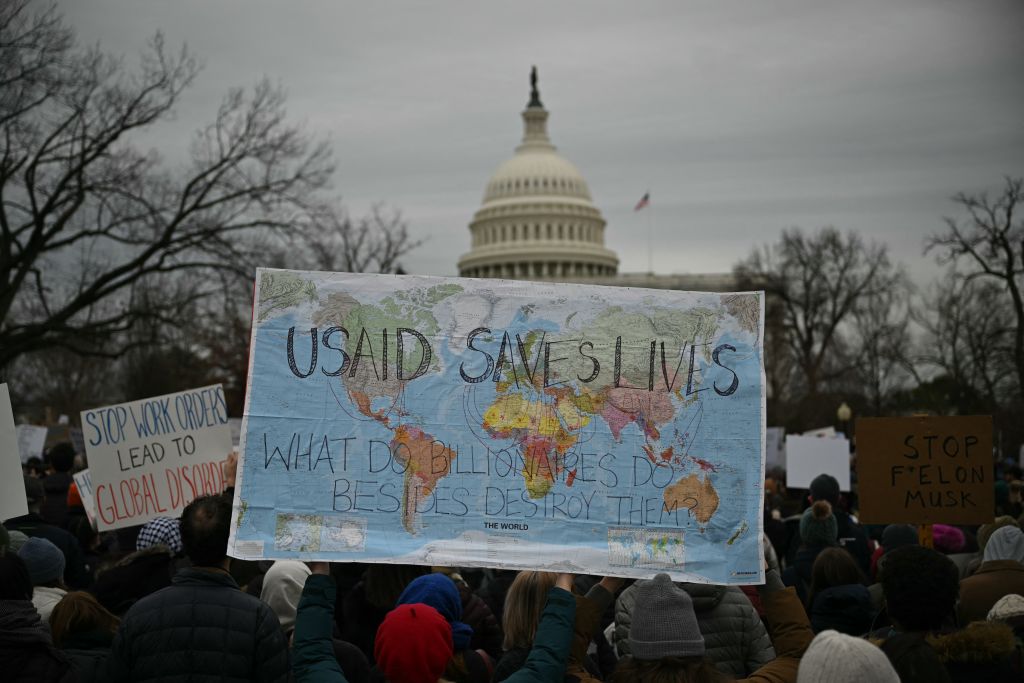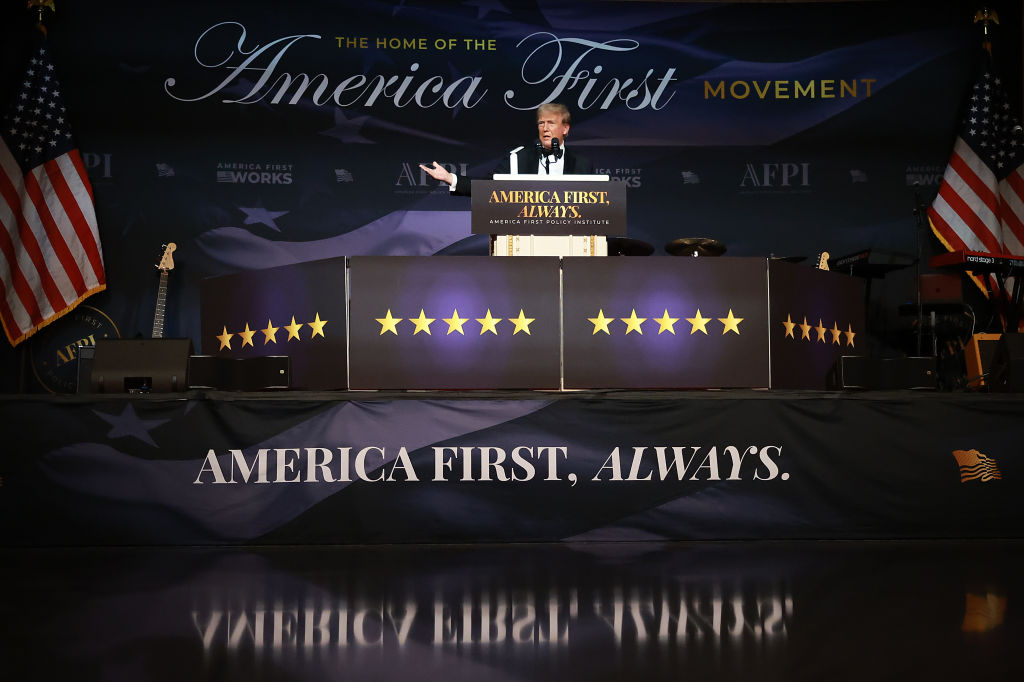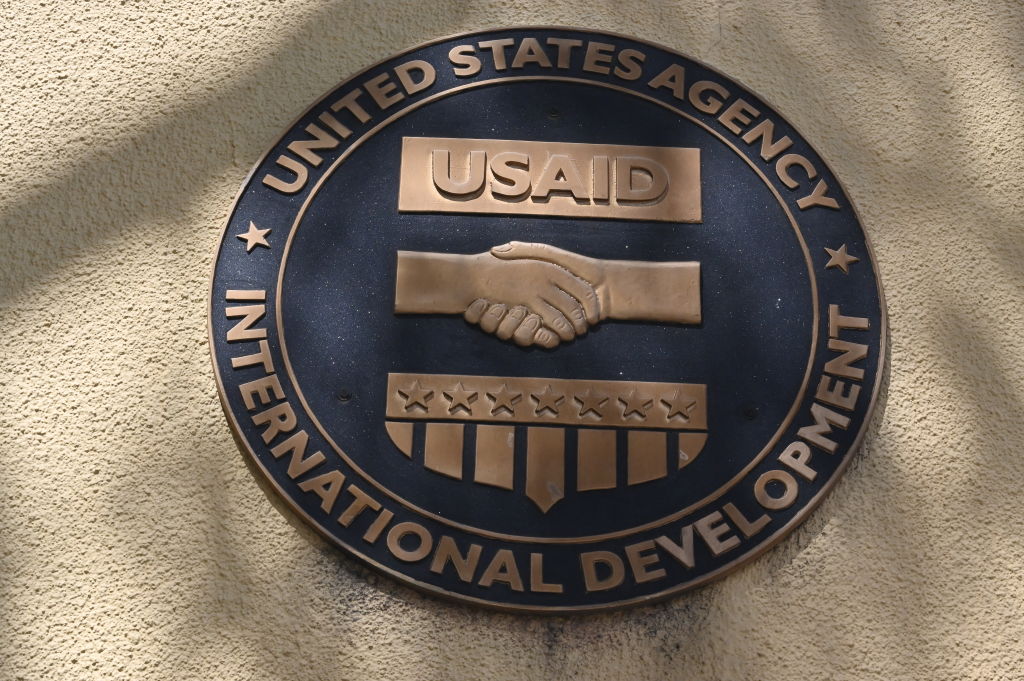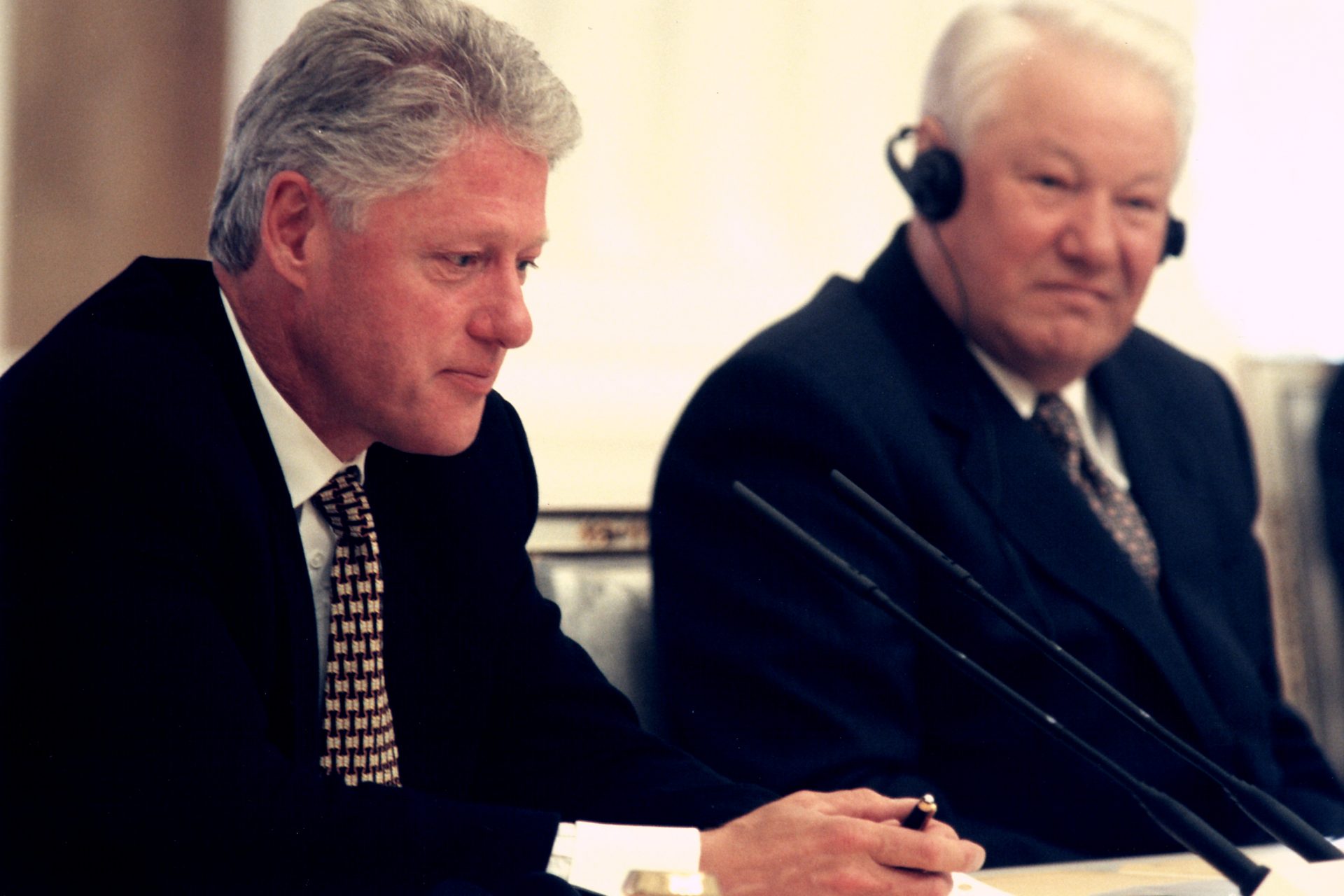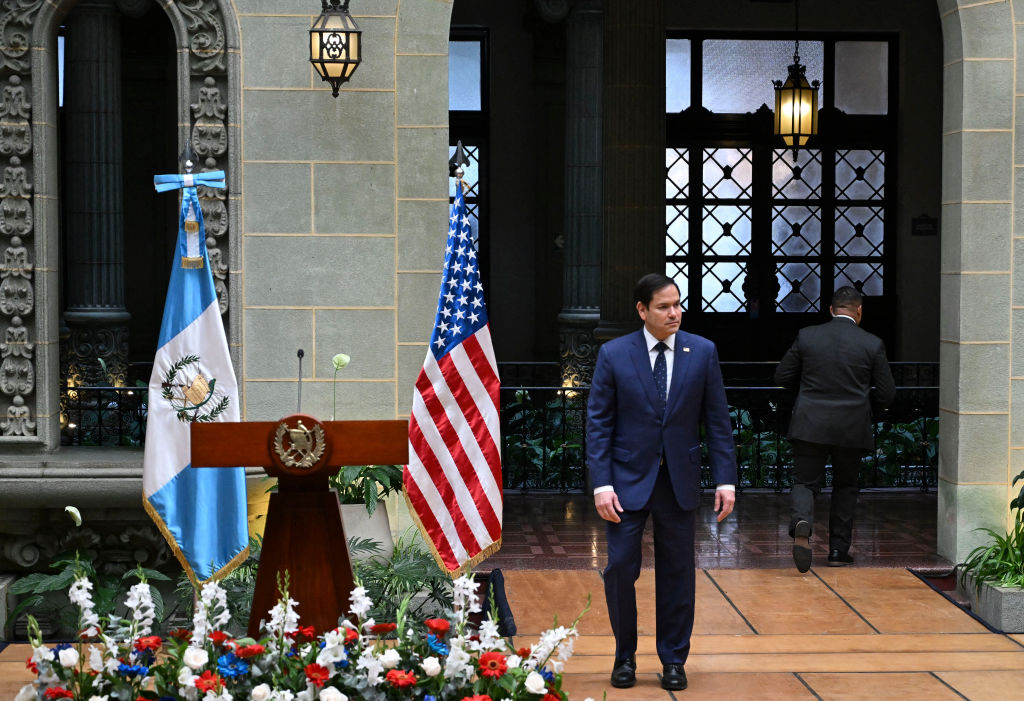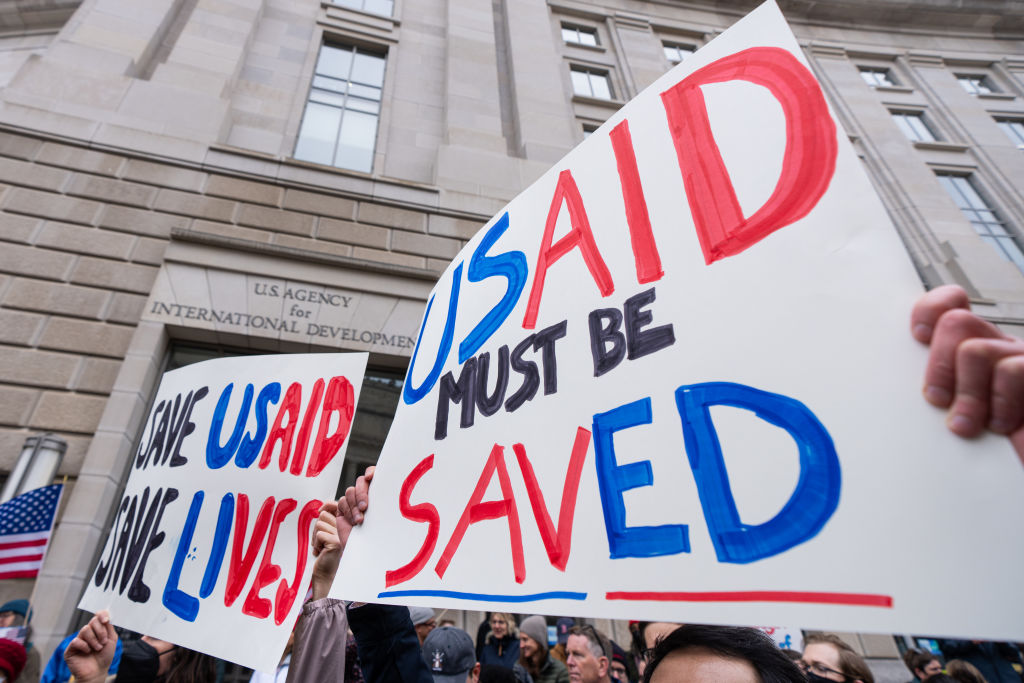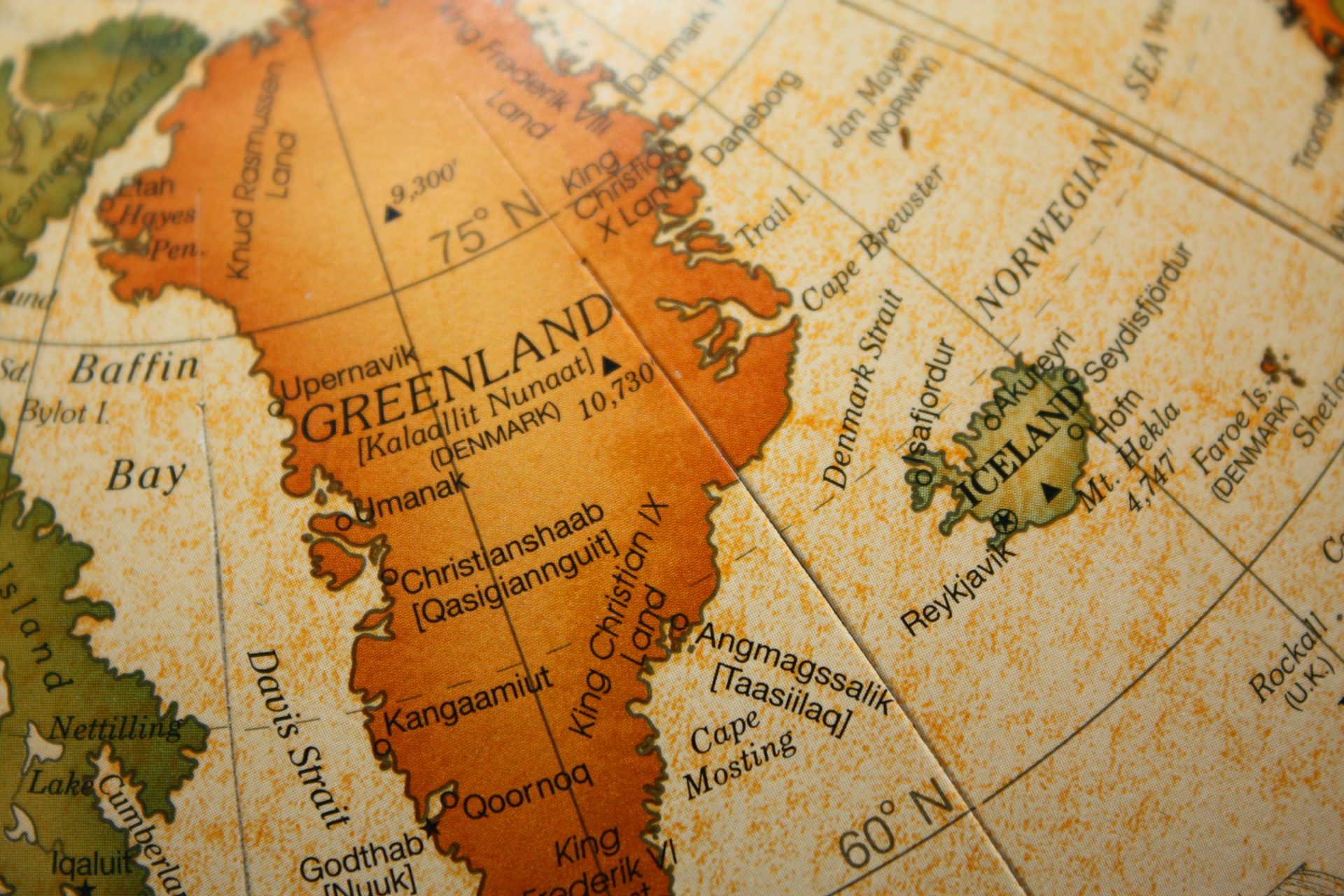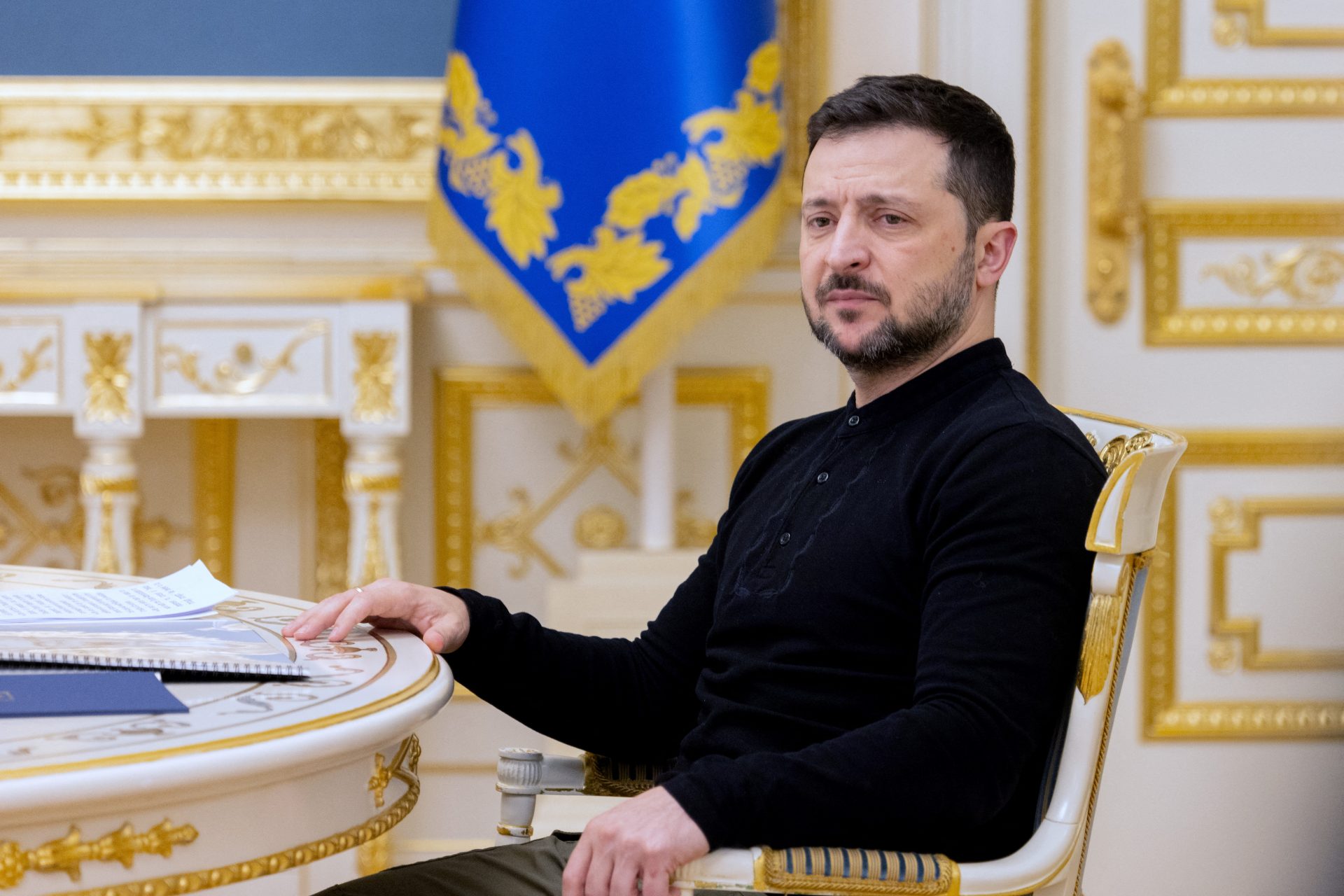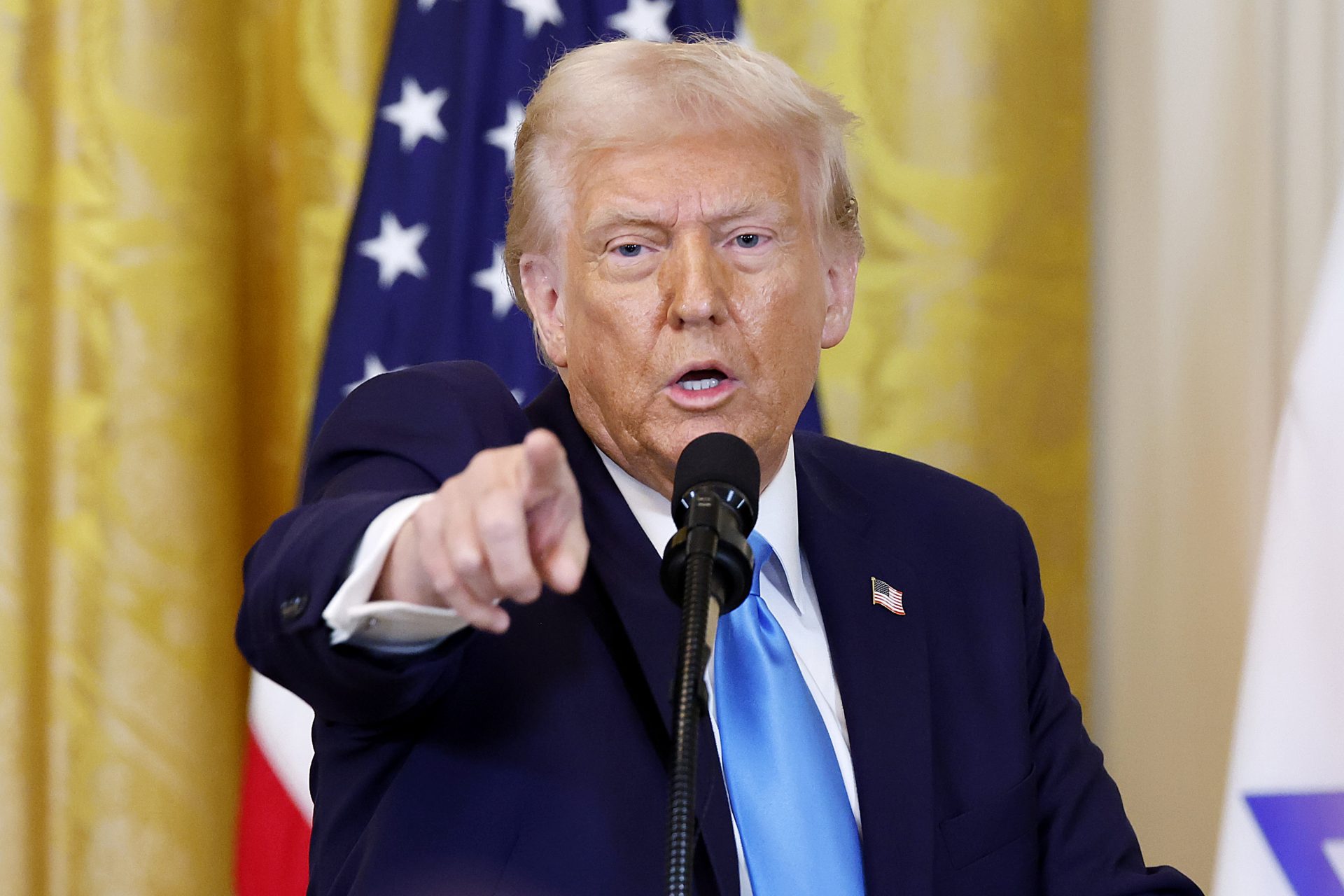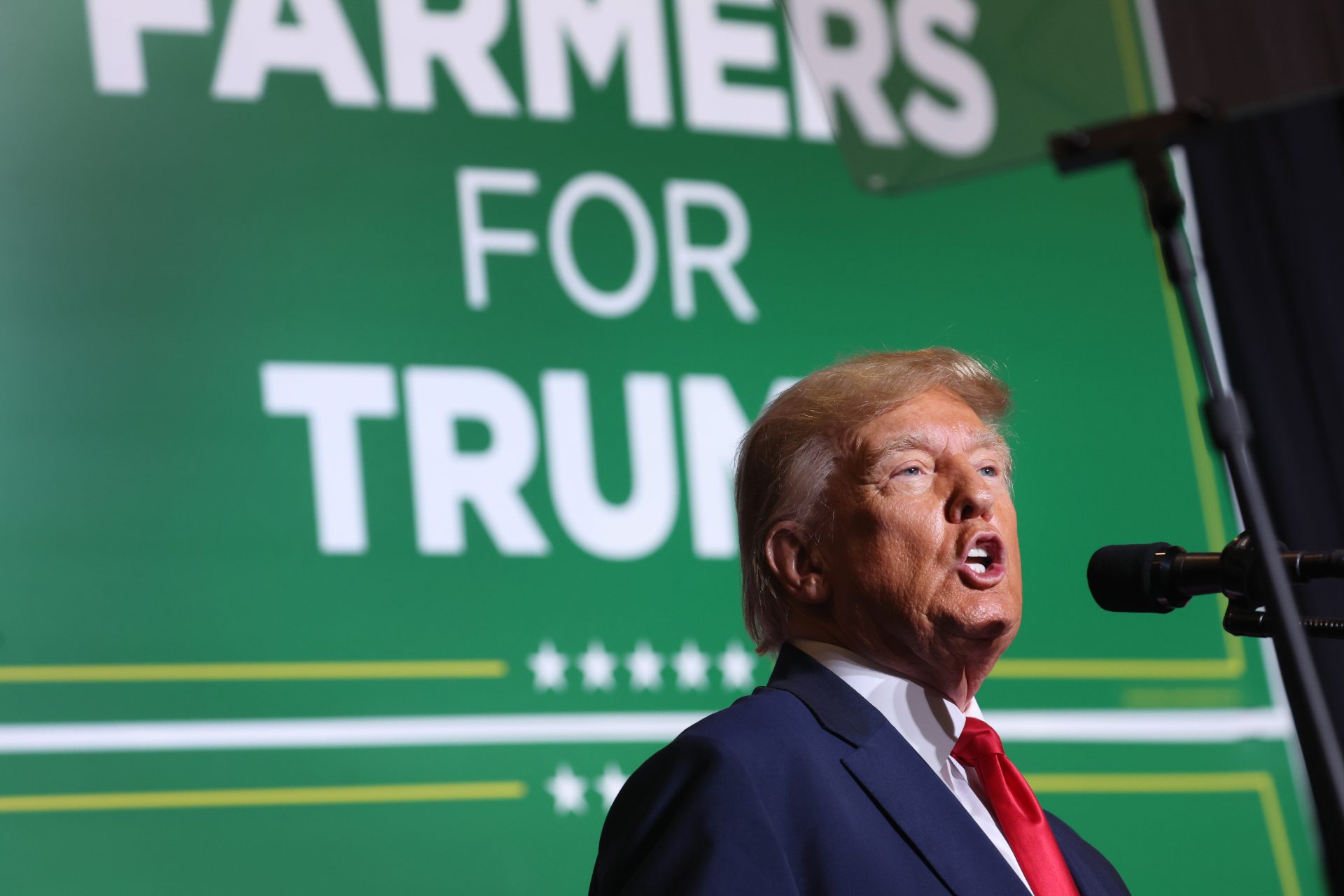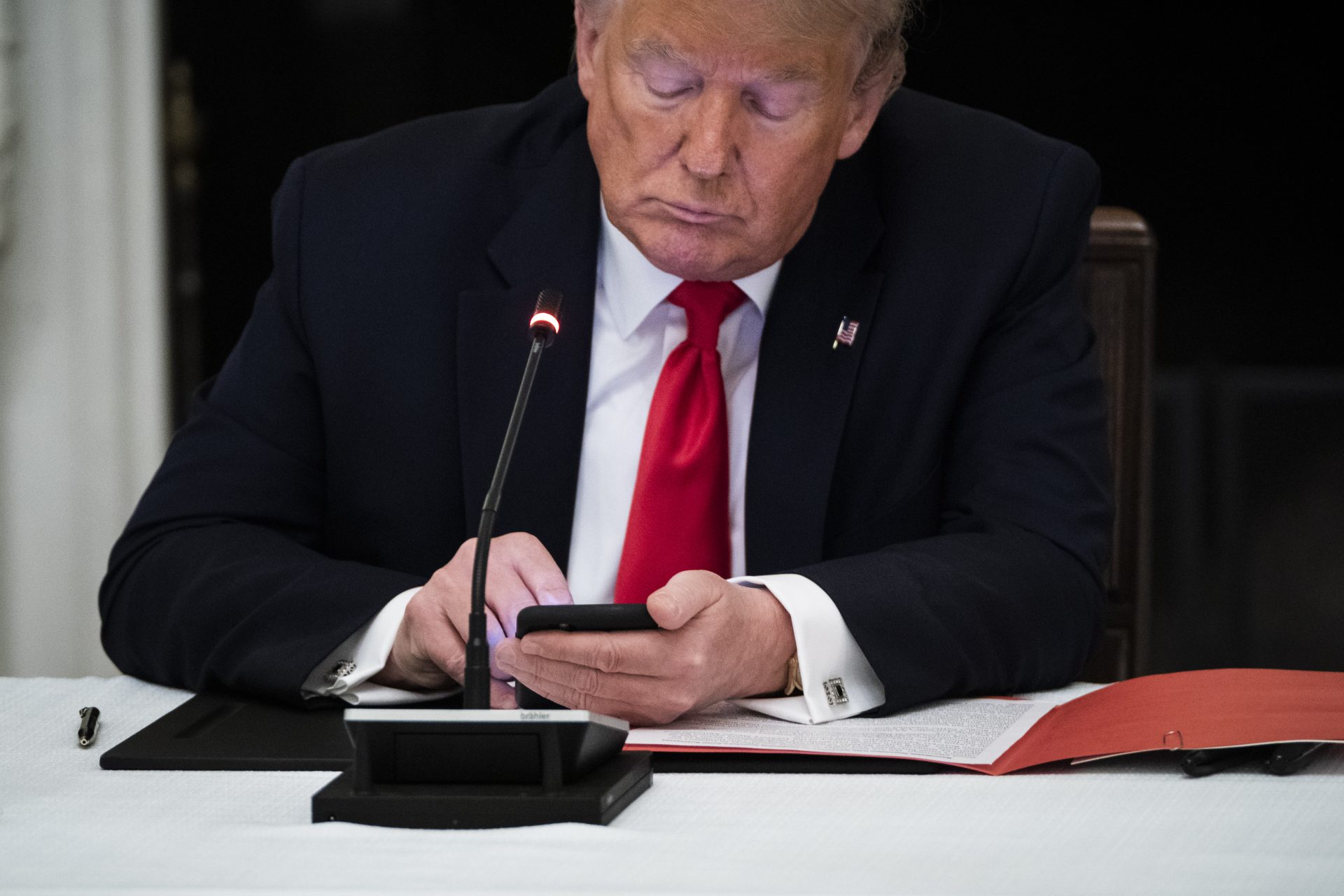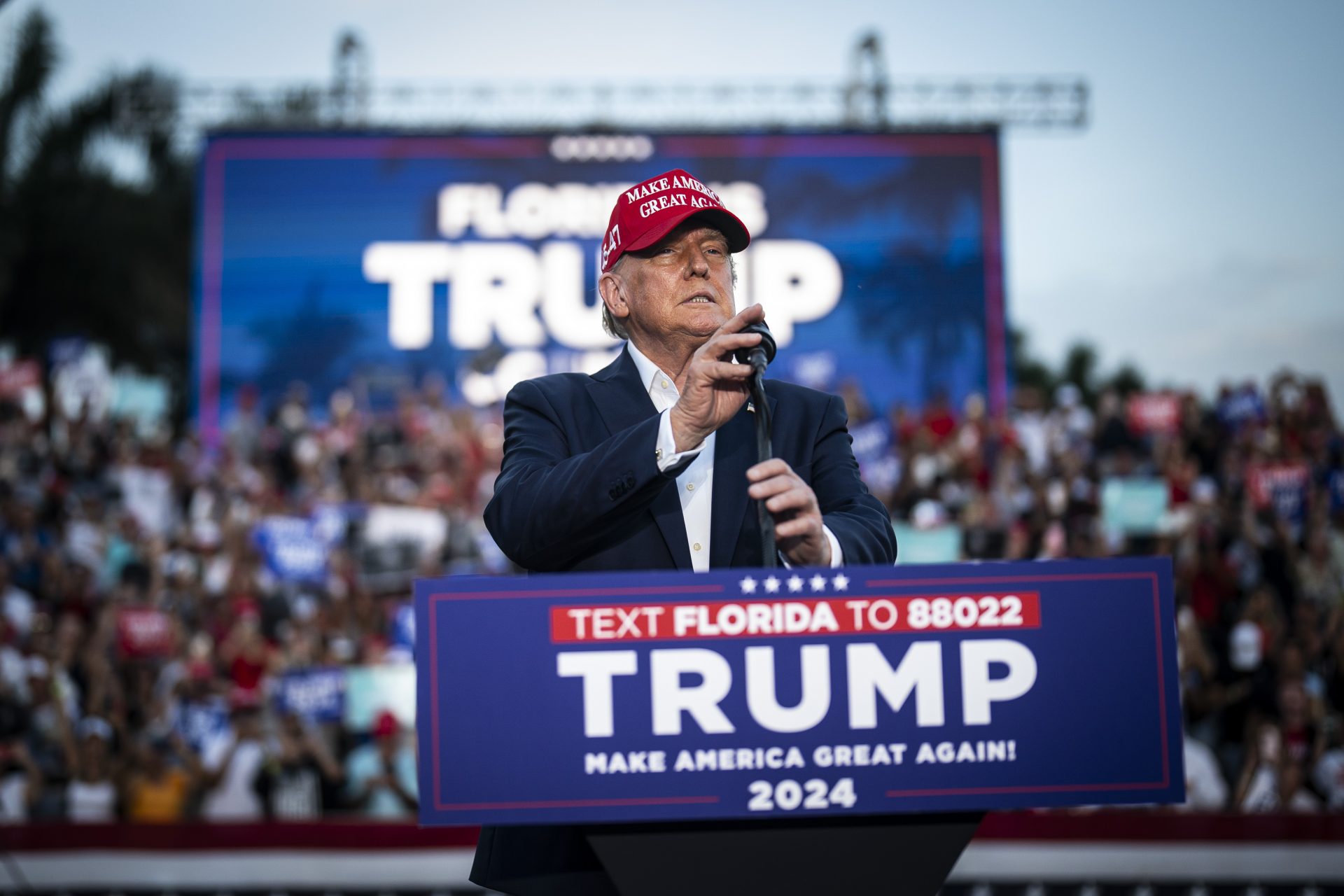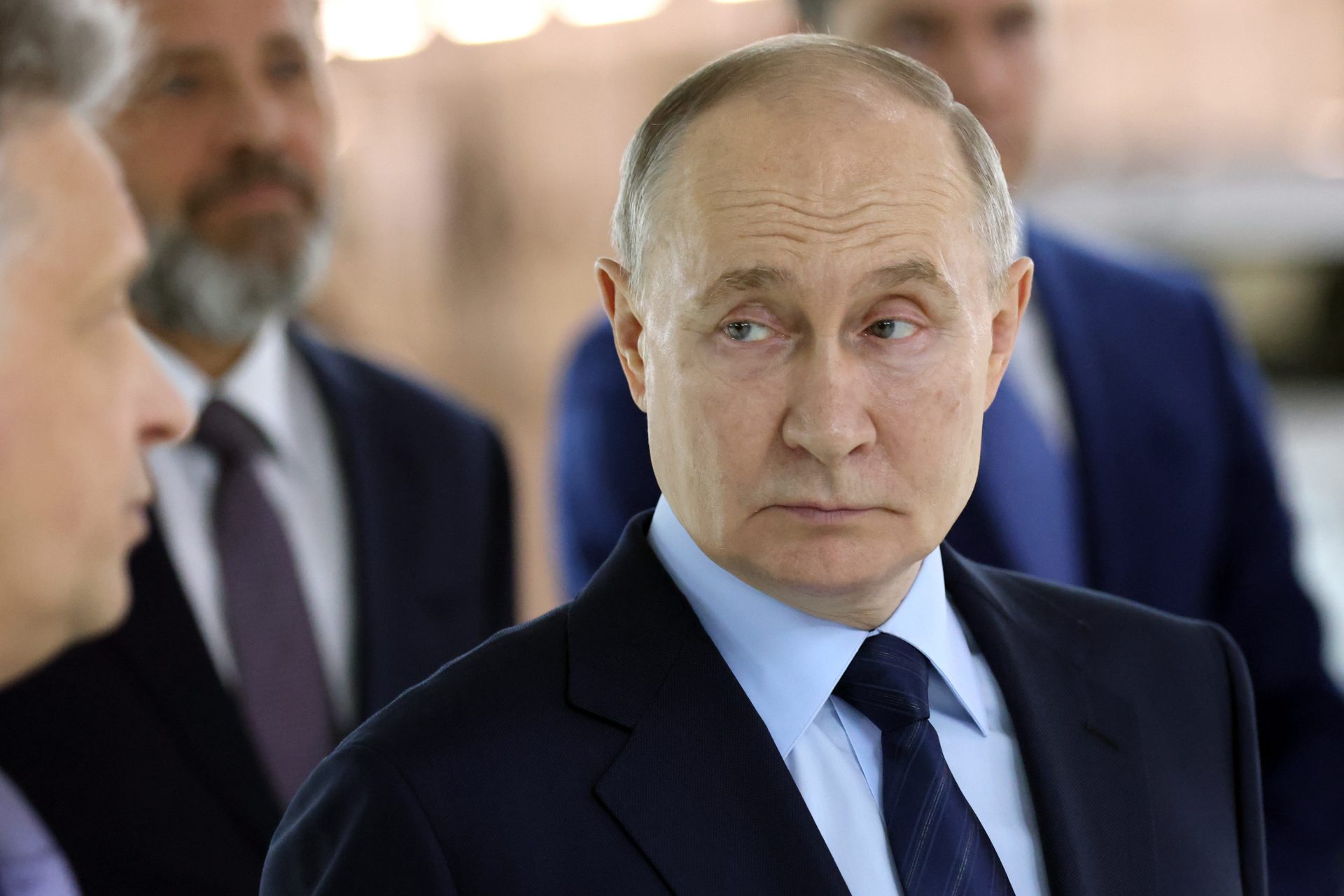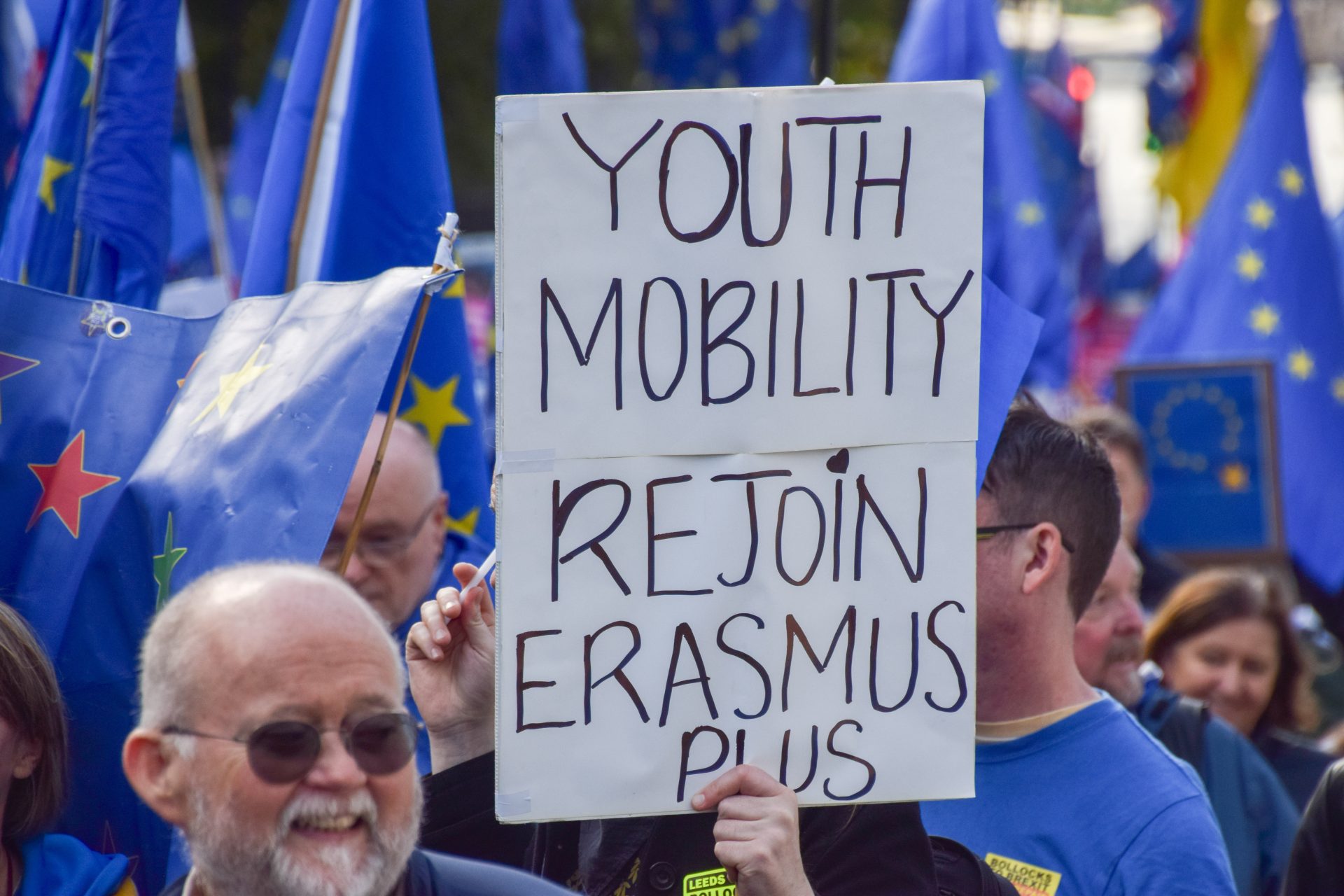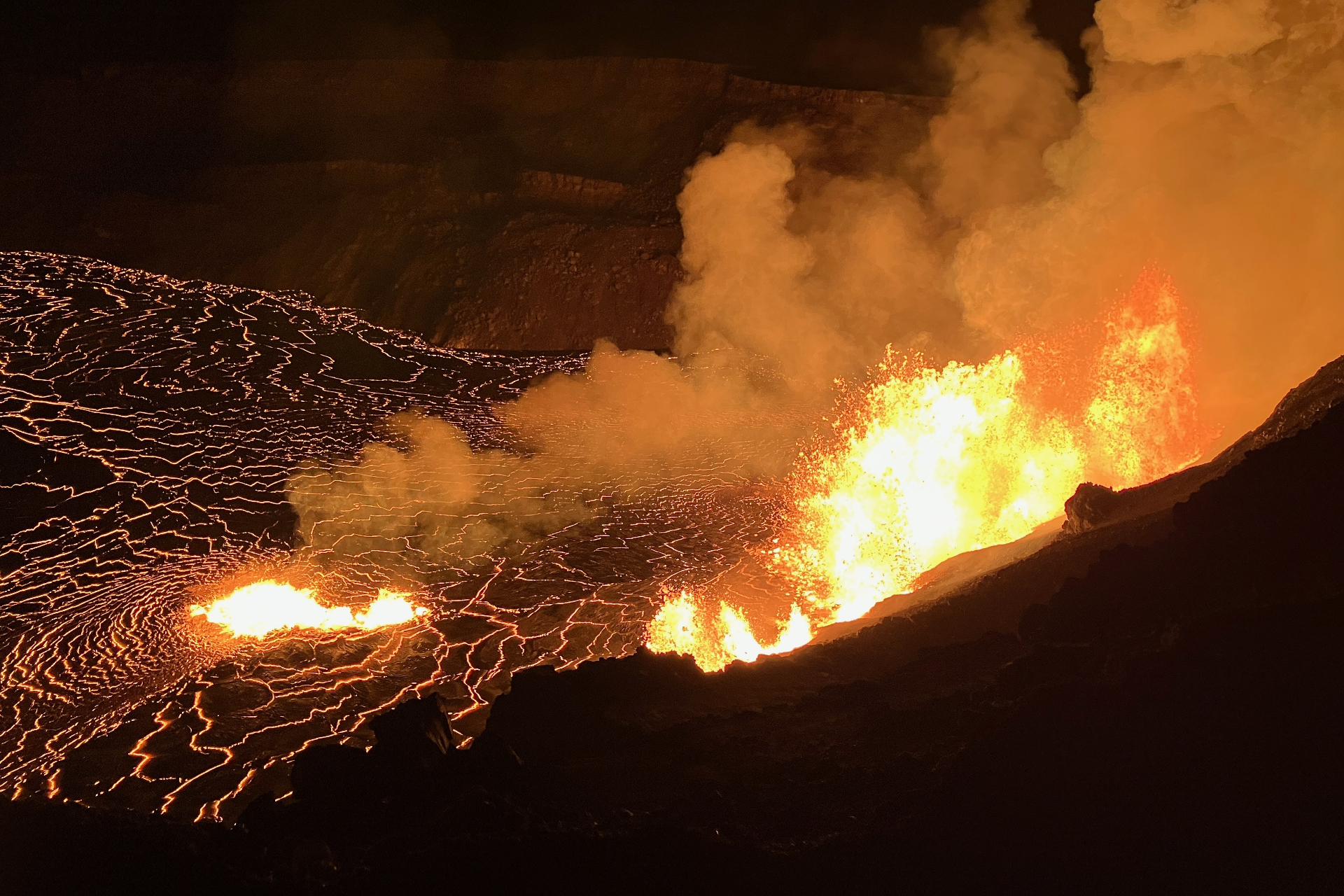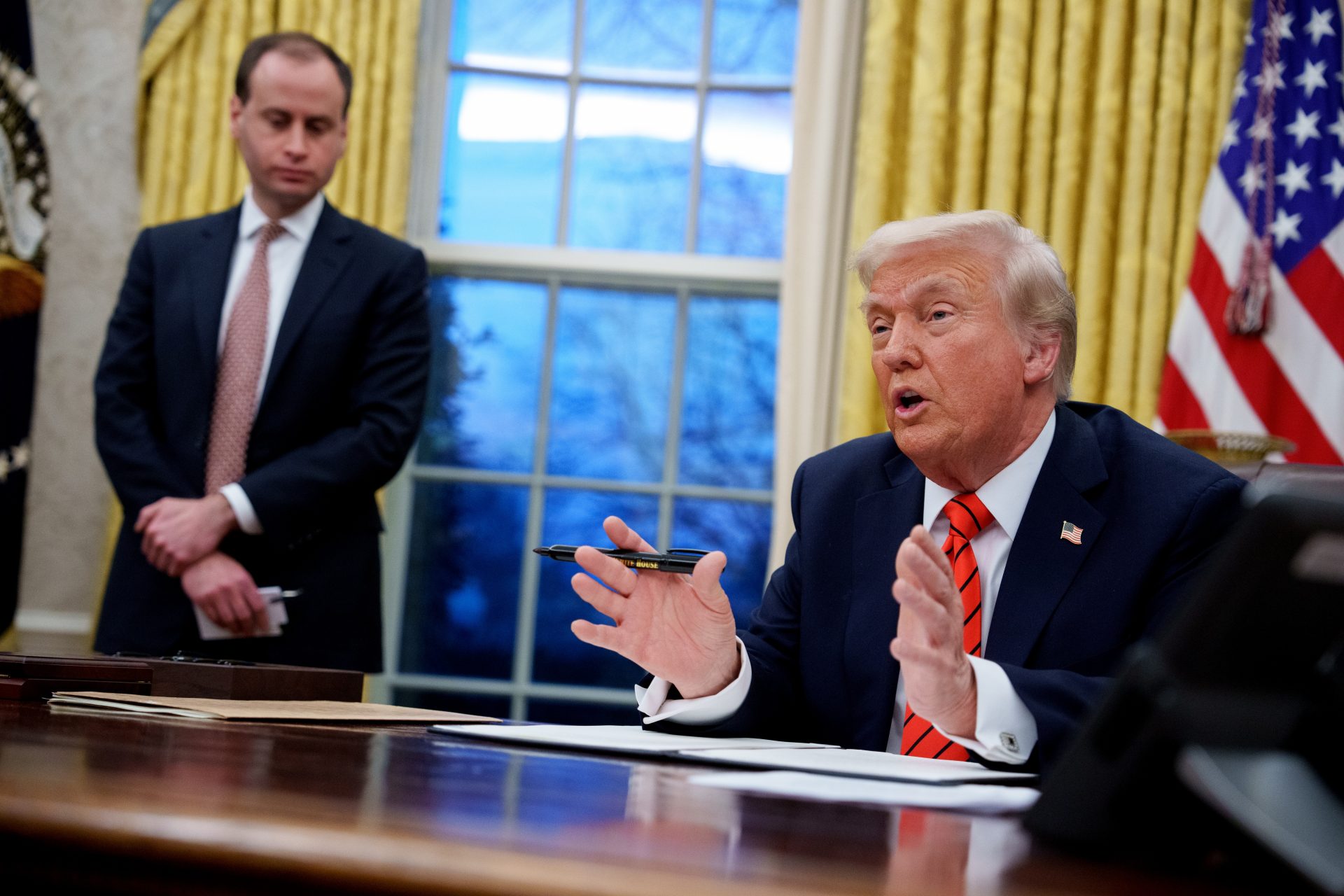What the end of USAID means to US relations in Latin America
Donald Trump's decision to suspend foreign aid, threatening to paralyze numerous programs of the United States Agency for International Development (USAID), has caused alarm in many places, including Latin America.
In Latin America, the end of USAID puts at risk key funds for human rights, education and health, generating uncertainty about the future of intercontinental cooperation in the region.
Donald Trump has repeatedly questioned the effectiveness of funding overseas programs. On his return to the White House, he signed an executive order suspending foreign spending for 90 days to thoroughly review the funds allocated, which caused significant disruptions to international cooperation.
The White House released a list of USAID projects that Trump called “wasteful and out of line”, highlighting a $1.5 million grant to an LGBTQ group in Serbia and $2.5 million to promote electric vehicles in Vietnam.
USAID notified its staff that they would be placed on leave, with contracts terminated, and returning within a month those employees who are working abroad.
Meanwhile, the Elon Musk-led DOGE office offered to pay eight months of salary to staff willing to resign. However, the BBC reports that a judge extended the deadline to assess the legality of the proposal.
USAID acting director Marco Rubio argued that the agency is no longer aligned with US national interests and functions more like an international charity, France24 writes.
Founded in 1961, USAID administers assistance programs for the U.S. government. With a staff of 10,000, two-thirds of whom work abroad, it operates in more than 60 countries and funds local organizations to carry out its projects.
It focuses on poverty reduction, strengthening democratic institutions, and responding to humanitarian crises. Its funds are mainly allocated to health, with diverse initiatives such as vaccination and pandemic control programs, as well as assistance to Ukrainian soldiers, and the fight against Ebola in Africa.
The plan to reduce USAID staff from 10,000 to fewer than 300 leaves more questions than answers. It is unclear how many local workers will remain in 130 countries, leaving the world's largest aid agency in an uncertain situation.
BBC News reported that, starting Friday evening, February 7, 2025, thousands of USAID staff were temporarily dismissed.
In 2023, the US spent 68 billion US dollars on international aid, of which USAID had a budget of 40 billion. This represents just 0.6% of the government's annual spending of 6.75 trillion US dollars, BBC News reports.
Since its creation during the Kennedy Administration, USAID has focused much of its efforts on Latin America and the Caribbean, becoming a key pillar for multiple assistance programs.
The possible closure of USAID not only affects the organizations that depend on its funds, but would also be a major blow to initiatives that have operated under its support for decades, according to France24.
Colombia is among the main recipients of USAID funds worldwide, with more than 700 million dollars in 2023. Haiti received 440 million, while Ecuador obtained 250 million. Other countries such as Guatemala, El Salvador, and the Dominican Republic have also benefited from resources destined for humanitarian assistance, reflecting the key impact of the agency in the region.
The suspension of USAID and the freezing of its funds would be a severe blow to countries such as Haiti, Mexico, Ecuador, Peru and Colombia, which depend on these funds to sustain essential programs.
Millions of dollars intended to improve the living conditions of thousands of people would be lost, seriously affecting key sectors such as health, education and social development.
Following the funding suspension order, essential programs such as distributing medicines to poorer countries and installing clean water supplies had to be halted immediately. One veteran aid worker described the pause as “an earthquake in the aid sector”.
Since the United States is the largest backer of international cooperation, any change in the allocation of these funds will have global repercussions.
Democrats have called these measures illegal and dangerous to national security.
Former USAID chief Brian Atwood called the cuts, which would leave the agency with fewer than 300 employees, “outrageous”, warning that the move could wipe out an agency that has saved millions of lives, he told Reuters.
Trump has reaffirmed his intention to align foreign spending with his "America First" policy. The big question is: to what extent will the US reduce its global budget?
Although the White House has a great deal of influence over USAID, its power is not absolute. The agency was created in 1961 following the passage of the Foreign Assistance Act by Congress and officially established by an executive order by John F. Kennedy.
In 1998, during the Clinton Administration, another law reaffirmed its status as an independent agency, meaning Trump cannot unilaterally disband it without facing legal and political challenges.
Marco Rubio endorsed Trump's measures against USAID in front of some 200 employees in Guatemala. He assured that the US will continue to provide international aid, but only to programs aligned with its interests. “We are not giving up on foreign aid,” he said. “It must be justified, defendable and clear, or we risk putting it in jeopardy”.
The Trump administration is identifying and designating programs that will be exempt from the sweeping suspension orders, seeking to determine if the projects make “America safer, stronger or more prosperous.”
More for you
Top Stories



